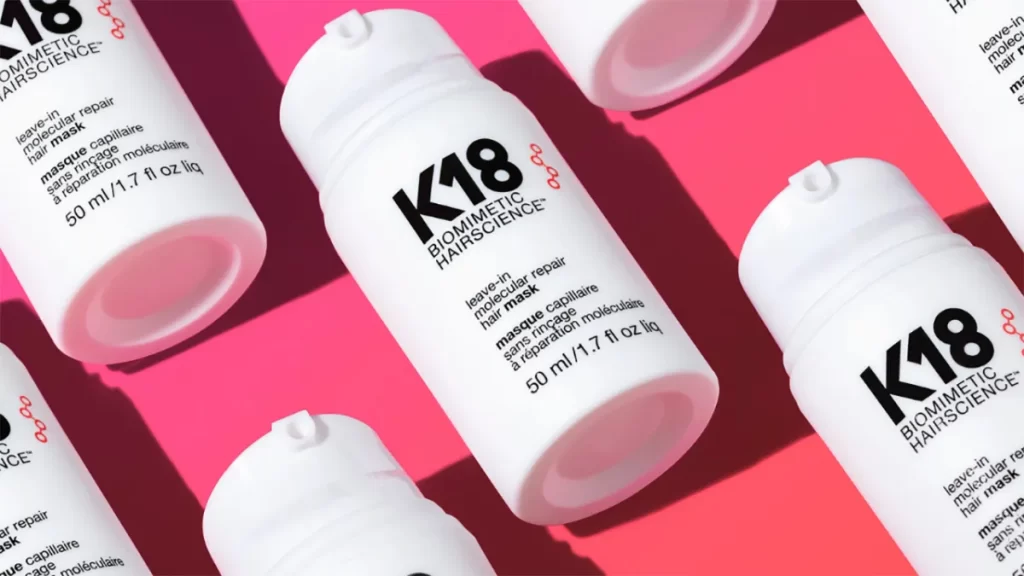
Imagine starting a company, scaling it globally, and exiting 36 Months later for hundreds of millions of dollars with a CEO who had no prior industry experience. It seems like a plot of some cheap tv drama about startups, but that’s effectively what husband and wife founders Suveen Sahib and Britta Cox did with K18. Here are some key principles that led to their success.
Principle 1: Obsessive Curiosity
Prior to starting K18, Suveen’s background was in tech, and despite founding Aquis Brittas, her main qualification in the space was that she had a lot of hair. After slowly building Aquis, Suveen was curious about why their moisture-wicking towel was making such a big difference. Together, they delved into the science, chemistry, and research behind hair, connecting with scientists who had been studying it since 2006. They probably weren’t planning on starting another business, but they became experts on the subject, ultimately mapping the genome of hair. Their journey began with five years of intensive research, leading them to question the status quo of haircare and seek out consumers in need of their specialized solutions.
Principle 2: Seeking out the Right Feedback
Not all feedback is equal, and Britta and Suveen understood this. As they developed their product and thesis, they recognized that the most needed their help were consumers who had badly damaged hair due to prolonged exposure to chemical treatments. These types of people rarely self-identify in the way that targeting on Meta might suggest, so they forged relationships with some of the world’s top colorists – those who intimately understand quality hair and have extensive experience with hair products. When these experts attested to the effectiveness of K18, it served as both validation and a means of building a network of influencers and early adopters.
Principle 3: Creating Their Own Wave
K18 entered the market in late 2020, just as TikTok was gaining immense popularity, but when it lacked a well-established advertising platform at the time. Instead of generating content themselves, K18 introduced a custom sound and hashtag, #k18hairflip. They enlisted salon colorists to showcase before-and-after transformations using their products. The result? Over 20 billion views on TikTok, creating a never-ending cycle of customer testimonials.Their brand gained a cult following, with A-list celebrities and influencers like Hailey Bieber, Selena Gomez, and Rihanna endorsing their products and fueling their international expansion.
Principle 4: Carving Out a Niche through Counter Positioning
There were three main ways that K18 sought to counter position itself in the market. First, K18’s brand identity and messaging are firmly rooted in science compared to clean beauty and all-natural claims that were common with beauty brands in 2020. Second, K18 emphasized repairing hair rather than treating damaged hair, setting it apart from other leading treatment methodologies. Lastly, their strategic decision to launch in salons during the pandemic when everyone else was leaning into e-commerce showcased their ability to counterposition effectively. Most salons saw their available seating drop by at least half due to social distancing concerns, and stylists couldn’t afford to occupy a chair for a 60 to 90 minute treatment. K18’s solution, which worked in under 4 minutes, allowed the saloon to increase their throughput and provide a better outcome for their customers, ensuring that they were the first product recommended.
Principle 5: Raising Only What Was Needed
In early 2022, K18 secured a $25 million funding round with VMG partners when their revenue was already at $75 million and they had a projected growth rate between 50% to 100%. They could have easily raised $100 million to $150 million at a valuation of $500 million to $750 million. However, the founders opted to sell a smaller stake in their company to fund their core needs, maximize their payout, and maintain control.
They say hindsight is 20/20, but it feels like Britta and Suveen understood exactly what they needed to do at each stage of the process. Next we’ll take a look at what made K18 so attractive to Unilever.




